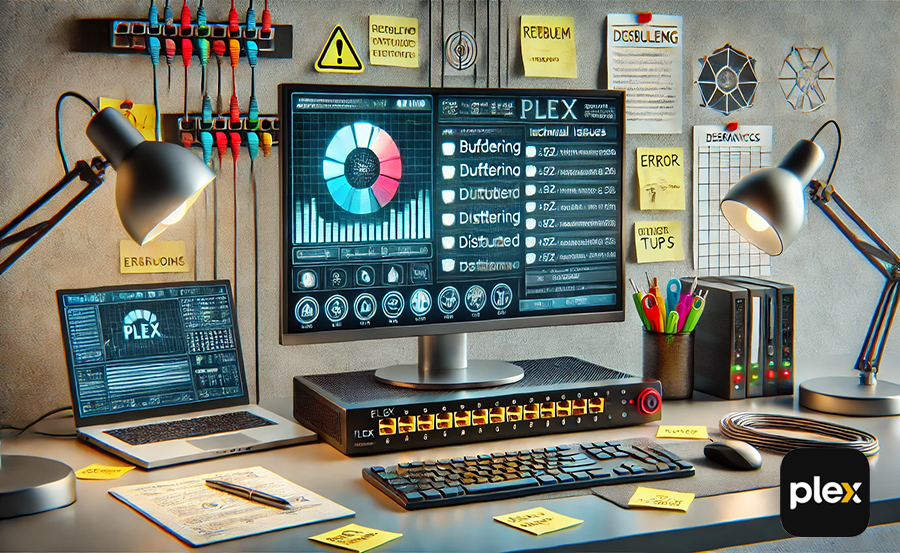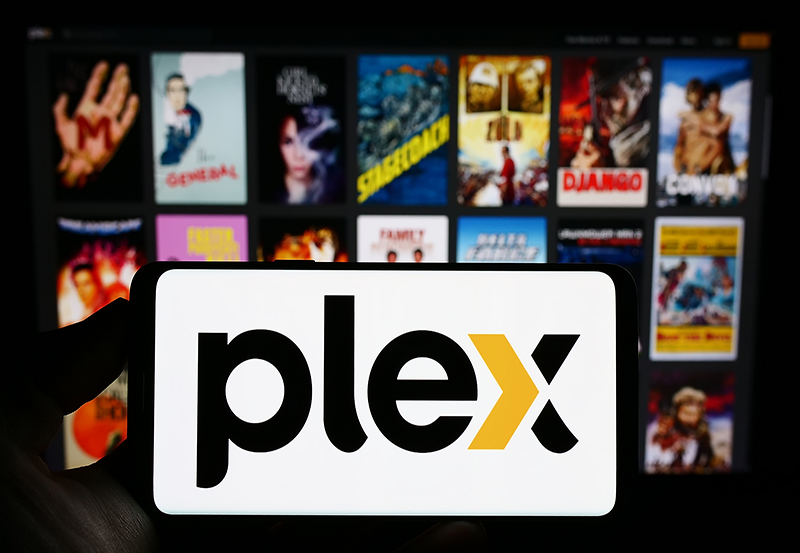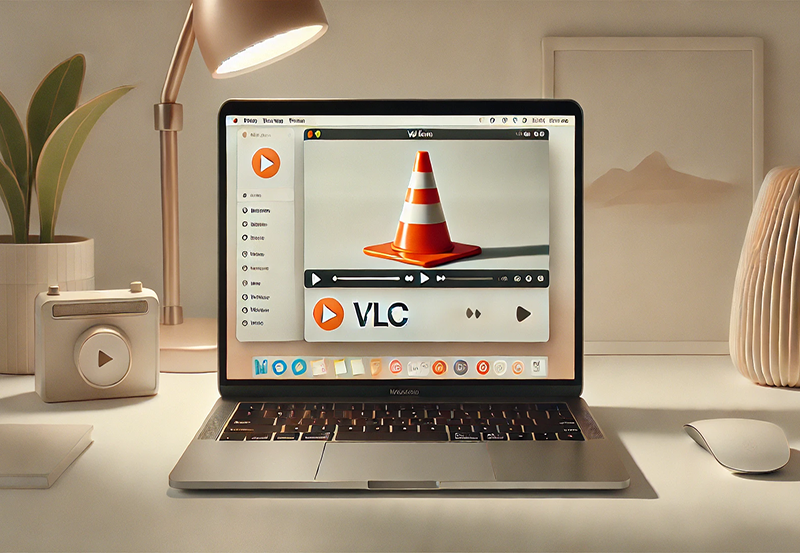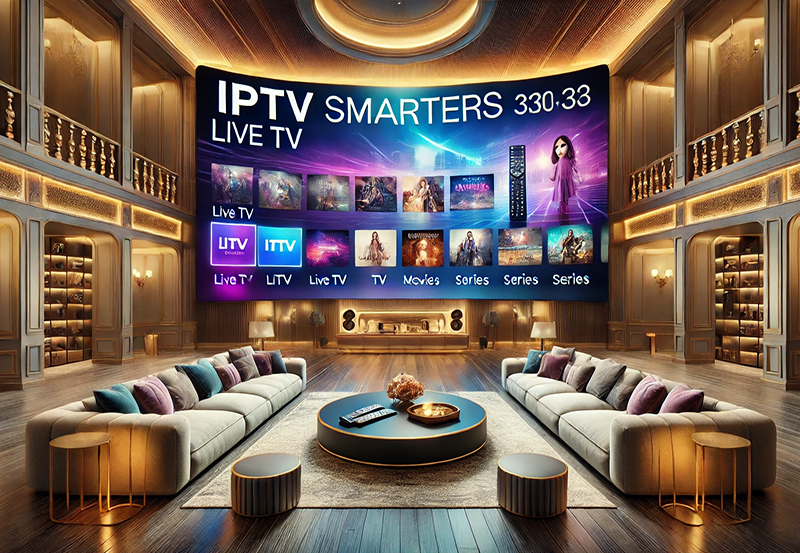In the ever-evolving world of IPTV, it’s easy to fall into common pitfalls that can ruin your streaming experience. For those who find themselves frustrated by buffering, low-quality streams, or difficulty in accessing desired channels, this guide aims to help you identify and fix the most common Plex IPTV mistakes.
Whether you’re streaming sports, movies, or TV shows, ensuring a smooth and high-quality experience is of the essence. With IPTV for sports streaming becoming increasingly popular, it’s vital to know how to set up and maintain your system effectively.
The Basics of IPTV: What You Need to Know
Before diving into the mistakes, it’s essential to understand the basics of IPTV and Plex. IPTV, or Internet Protocol Television, delivers television content over the internet instead of through traditional satellite or cable formats. Plex, on the other hand, is a media server platform that organizes video, music, and photos from personal media libraries and streams them to apps and clients.
Expert Advice:
Get access to thousands of channels worldwide with XtremeHD IPTV, designed for sports lovers and movie enthusiasts.
What Is IPTV?
IPTV enables users to stream programs and live broadcasts via an internet connection, often used for its flexibility compared to traditional viewing methods. Users can watch content on a variety of devices like smartphones, tablets, and smart TVs. Understanding IPTV’s core functionalities and formats is key to maximizing its potential.
For sports enthusiasts, IPTV for sports streaming offers unparalleled access to live games and events globally. But ensuring buffer-free streams requires a proper setup and a stable high-speed internet connection.
Getting to Know Plex
Plex acts as a media hub, allowing users to organize and access their multimedia files. It supports IPTV plugins and can be a central point for streaming content. Here’s how Plex fits into the IPTV panorama:
- Centralized media management.
- Compatibility with various devices.
- Offers both free and premium features for managing IPTV streams.
Mastering your IPTV entertainment through Plex requires understanding both its free and paid services, which can significantly enhance your streaming quality.
Common Mistakes in IPTV Setup
Internet Connection Issues
A frequent mistake when setting up IPTV is neglecting the importance of a reliable internet connection. Buffering and poor stream quality are often due to inadequate internet speeds. Make sure you have at least a 10 Mbps connection for standard quality streams, and more for HD content.
Upgrade your internet plan if necessary and ensure your router is up to date and optimally located to avoid connectivity issues. Using a wired connection can also improve stream stability.
Choosing the Wrong IPTV Service
Users often choose IPTV services based on price without considering quality or reliability. Opting for a reputable service provider can prevent legal issues and ensure better service quality.
Research each provider’s reputation, channel offerings, and customer reviews. Consider trial periods and refund policies before committing to long-term subscriptions.
Advanced Tips to Master Your IPTV Entertainment
How to Install IPTV on Plex
Installing IPTV on Plex requires patience but can significantly improve your media streaming experience. Here’s a simple guide to get you started:
- Ensure your Plex Media Server is installed and up to date.
- Download and configure an IPTV plugin compatible with Plex.
- Set up your IPTV channels following the plugin’s instructions.
For more advanced users, customizing channels, setting up EPG (Electronic Program Guide), and exploring Plex Pass features can further enhance your IPTV experience.
Optimizing Your Streaming Setup
An optimal IPTV setup can prevent technical issues and improve your viewing pleasure. Here are some additional tips:
- Use a high-quality router with QoS (Quality of Service) capabilities to prioritize streaming traffic.
- Regularly update all software and applications involved in streaming.
- Experiment with different media players to find the best compatibility.
Overcoming Common Challenges
Troubleshooting Streaming Issues
If you encounter buffering, freezing, or channel loading issues, consider the following troubleshooting steps:
- Check your internet connection speed and quality.
- Restart your router and streaming devices.
- Clear cache and update your media player.
Managing Your Media Library Efficiently
For prolific media collectors, maintaining an organized library can be challenging. Utilize Plex features like Collections and Tags to keep your library tidy.
Regularly clean up outdated content and duplicate files, which can free up space and improve performance.
The Art of Avoiding IPTV Legal Pitfalls
IPTV comes with its own set of legal considerations. Reviewing local broadcasting laws and choosing a legitimate IPTV service is essential to avoid fines and service interruptions.
Legal IPTV Services
Understanding the difference between legal and illegal IPTV services is crucial. Legal providers have proper licensing and comply with copyright regulations. Illegitimate services risk being shut down abruptly.
Privacy and Security
Security is often overlooked when dealing with IPTV, yet it’s paramount. Always use VPN services to secure your streaming and protect personal data from potential breaches.
Creative Closing Insights
The road to mastering your IPTV setup with Plex is not without its challenges, but by avoiding these common mistakes, you pave the way for a smoother, more enjoyable streaming experience. Remember that patience and a willingness to troubleshoot and tweak your setup are key.
As technology continues to evolve, staying informed and adaptable will help you keep your viewing experience fresh and exciting, giving you full control over your IPTV entertainment’s power and potential.
FAQs

What Internet Speed Do I Need for IPTV?
For SD quality, a minimum of 5 Mbps is recommended, while HD quality needs at least 10 Mbps. For 4K streaming, consider speeds of 25 Mbps or higher.
Can I Use Plex on Any Device?
Plex is available on a wide range of devices, including smart TVs, smartphones, tablets, and most streaming devices. Check device compatibility before installation.
How Do I Legally Access IPTV Content?
Subscribe to reputable, licensed IPTV providers who have the proper broadcasting rights. This ensures a seamless and legal viewing experience.
Is a VPN Necessary for IPTV?
While not required, using a VPN can protect your privacy and improve security by encrypting your connection and masking your IP address.
What to Do If Plex Isn’t Loading My IPTV Channels?
Check the network settings, ensure the IPTV plugin is properly configured, and examine if the channels are still available from the provider.
How Often Should I Update My IPTV Plugins?
Regular updates keep plugins secure and compatible with the latest software changes. Monthly checks are generally sufficient.
Why Does My IPTV Buffer?
Buffering is often caused by low internet speeds, overloaded networks, or incorrect streaming settings. Ensure optimal conditions by tweaking these factors.
The Future of Streaming: How SS IPTV is Changing the Game





